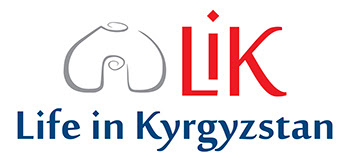During protracted displacement, women and girls often face serious gender-specific challenges and vulnerabilities, including adverse norms and institutional barriers. Yet, quantitative evidence on gendered drivers and differentials during protracted displacement remains scarce. Using survey data from 18,533 displaced and non-displaced individuals in El Fasher, Sudan, this paper documents that livelihood outcomes are significantly shaped by strong and complex intersectionality between long-term displacement and gender. Being female and being a long-term displaced person have separate negative impacts on work and welfare. Therefore, being a long-term displaced woman is particularly challenging: internally displaced women work more than non– internally displaced women but are poorer, on average. For men, there is no such difference in employment between the internally displaced and non–internally displaced. These outcomes are the result of the ‘double burden of female displacement’: women are disadvantaged by norms and institutions both at their destination (due to being a displaced person) and their place of origin (due to their gender). The double burden is strongest for older displaced women. In contrast, protracted displacement can be an opportunity for younger displaced women. Future policies should address the challenges stemming from the intersectionality of gender and displacement and develop targeted programs.
Publication Details
- Year of Publication: 2021
- Region/s: Sub-Saharan Africa
- Theme/s: Human Development · Humanitarian Emergencies · Shocks & Livelihoods · Violence & Peacebuilding
- Research Topic/s: Conflict Measurement · Employment · Gender · Health · Migration & Displacement · Peacebuilding & Reconstruction · Poverty & Inequality · Violence & Conflict
- Method/s: Cross-sectional Data Analysis


